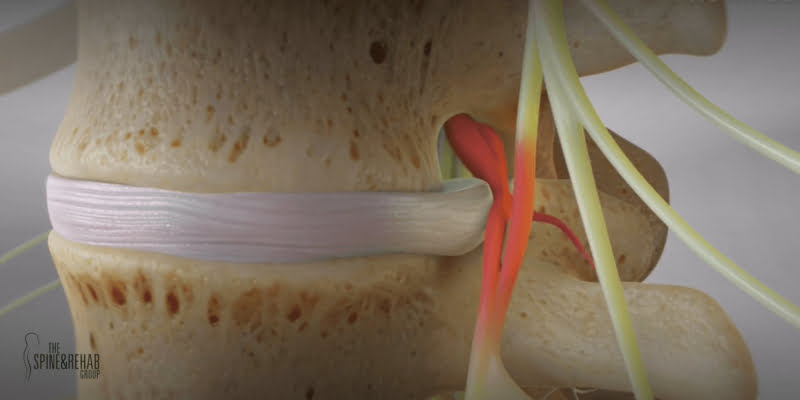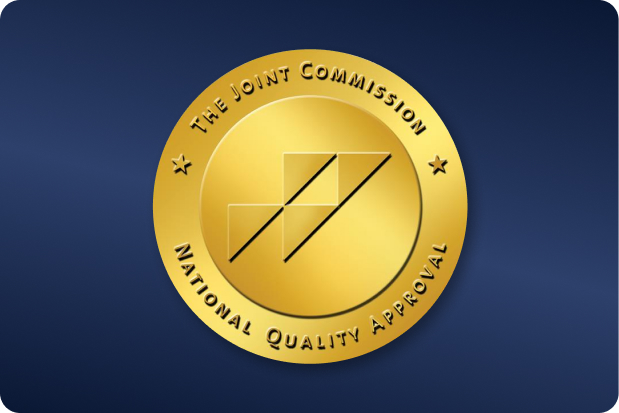 OUR LOCATIONS
Same-day Appointments Book OnlineCall to book 201.523.9590
OUR LOCATIONS
Same-day Appointments Book OnlineCall to book 201.523.9590
 OUR LOCATIONS
Same-day Appointments Book OnlineCall to book 201.523.9590
OUR LOCATIONS
Same-day Appointments Book OnlineCall to book 201.523.9590

While the spine may be responsible for giving the body its support and overall structure, it’s still prone to various traumas and injuries. There is some degree of protection given to the more valuable internal structures like the spinal cord and the spine itself, but it can still be prone to developing semi-severe complications like bulging discs and herniated discs.
What is the difference between a bulging disc and a herniated disc? Bulging discs push the delicate inner core of your discs against the spinal canal, while a herniated disc means that the core has spilled out of its protective sheath entirely. Both conditions can cause varying degrees of pain and should be treated immediately.
The spine of several groups of bones called vertebrae, which sit on rubber-like fibrous discs. Together, they form the spinal column, which is responsible for providing structure and support to essential parts of the body like the head and neck.
These discs are what allows the spine – and by extension, the entire body – to move freely. They stretch, compress, and twist in response to the body’s movements, protecting your spinal cord and the assorted nerves that are connected to it.
It might be helpful to have a definition of terms before discussing any further. Disc damage occurs when the soft, inner core of the spinal column (called the nucleus pulposus) bulges or tears through the protective outer layer (the annulus.) The severity of these conditions will differ based on their cause and location inside the spine, but will primarily manifest as acute or chronic pain.
Here’s a table that differentiates bulging discs from herniated discs:
| Bulging disc | Herniated disc |
| May go unnoticed for a while until symptoms worsen | Usually manifests in acute pain immediately |
| Characterized by swelling and bulging of the inner core of the disc | Characterized by a tear in the outer disc layer; severe cases can also experience rupturing |
| Most common type of disc injury | Less common type of disc injury |
| Causes pain in the back, limbs, head, and other nearby areas | Causes severe pain in the back, limbs, head, and other nearby areas |
One thing to note about these two conditions is that they can happen at any location along the spine, which can quickly lead to multiple complications if left undetected and treated. Since they often manifest in localized pain in the neck, upper back, and lower back, a diagnosis should be fairly easy with the right physical exams and MRI tests.
A bulging disc is usually caused by active trauma to the spine, which can be brought by injury, repetitive movement, poor posture, or improper form when lifting heavy objects. It’s one of the most common types of disc injuries and is often left undiagnosed without routine physical examinations.
Symptoms of a bulging disc don’t happen all at once, because it progresses very slowly from the initial point of damage. The most common symptoms include:
People most at risk for getting bulging discs often include people with active lifestyles or physically demanding jobs, since it’s these conditions where damage to the discs can easily occur. Bulging discs can occur in one disc or in several, depending on the onset of causes. If left untreated, it can develop over time and cause other serious complications like spinal stenosis.
There are several ways to treat bulging discs, usually directed at addressing the short-term pain caused by the nucleus pressing on a nerve cluster. Long-term solutions may include opioids and muscle relaxers. But since bulging discs can be treated fairly easily at home, bed rest and careful movement for a few weeks should be enough to restore the disc back to its natural state.
Herniated discs are usually caused by age since the bones in the spine weaken as people grow older. Other causes include active trauma, accidents, injuries, sudden movements, or a blow to the spine itself. Herniated discs are far more serious than bulging discs because the core can rupture. Most of the time, the common cause is simply age-related degeneration of the body.
Like bulging discs, herniated discs have the same symptoms:
Most risk factors for developing a herniated disc are similar to bulging discs, though age is again the driving factor. The older you are and the less careful you are about your movements, the more likely you are to get herniated discs. Older patients are particularly affected since pinched nerves can manifest in several pain points around the body like the ankles and knees. In severe cases, nerve damage may occur.
Treatment for herniated discs is also similar to bulging discs, though with more emphasis on short-term pain relief and medications like anti-inflammatory drugs. Because of the more severe acute pain caused by herniated discs, surgery can also be an option. However, it’s important to note that surgery on the spinal column can often be very risky, and most doctors would not prefer it as a primary method of treatment except in emergencies.
Overall, the symptoms of disc damage (especially herniated discs) manifest themselves immediately, so patients can get a diagnosis and immediate medical treatment. However, it is also possible to live with the condition without it being detected, especially if you lead a lifestyle that’s more prone to developing damage like this.
In these cases, regular physical exams, X-rays, and doctor consultations are your best way of avoiding these conditions and managing them effectively if they ever develop. While it’s possible to treat these conditions yourself, because they’re so close to critical areas of the body, self-medication or treatment of disc damage should never be attempted.
Finally, it’s possible to experience bulging discs and herniated discs at the same time, or one after the other. Self-monitoring is crucial to patients who have already experienced disc damage since this can indicate their likelihood of getting the injury again, or existing disc damage to progress and develop into something more serious.
Read More:
Can Physical Therapy Resolve Herniated Disc Pain?
Do Lumbar Epidural Steroid Injections Work for a Herniated Lumbar Disc?
While bulging discs and herniated discs have several similarities, they should be treated accordingly by their severity. Because the nerve roots in the spine also include limbs like the arms and legs, any kind of disc damage should be diagnosed and treated immediately by a medical professional. If you leave them untreated, you risk developing more complicated problems, such as permanent sciatic nerve damage.
With extensive experience in the field of providing relief from back pain, we at the Spine And Rehab Group pride ourselves on being a lifetime partner for our clients with improving their spinal health. We offer accessible, innovative, and personalized treatment plans to help diagnose and manage any kind of back pain. If you’re experiencing any kind of spinal issues or want a consultation about your spinal health, visit one of our clinics today.



